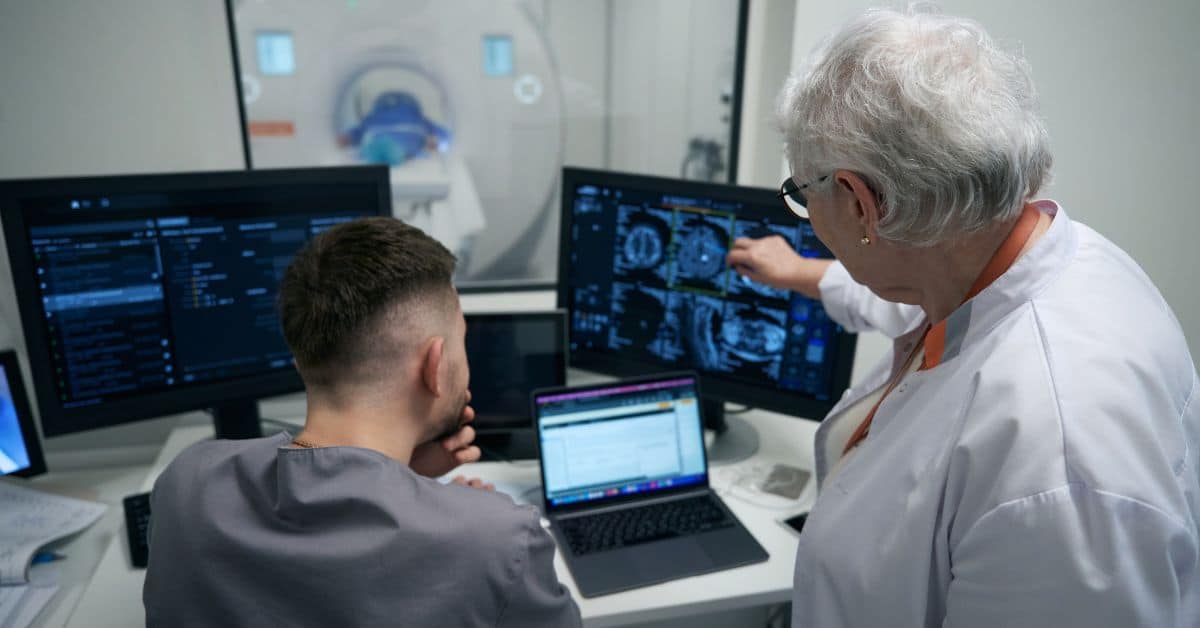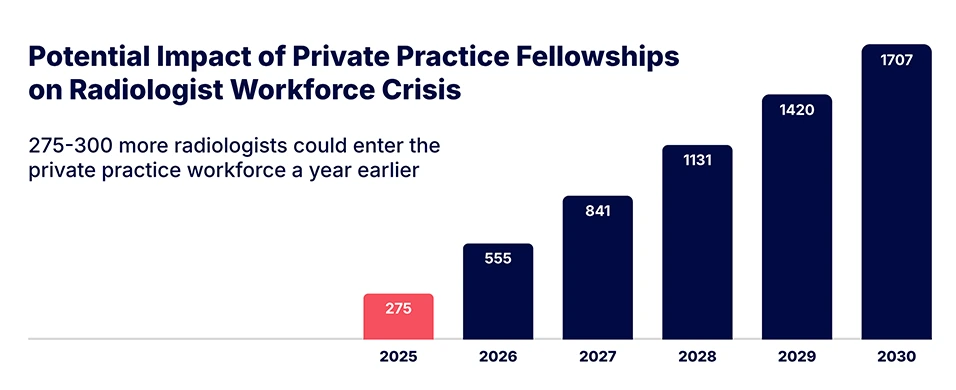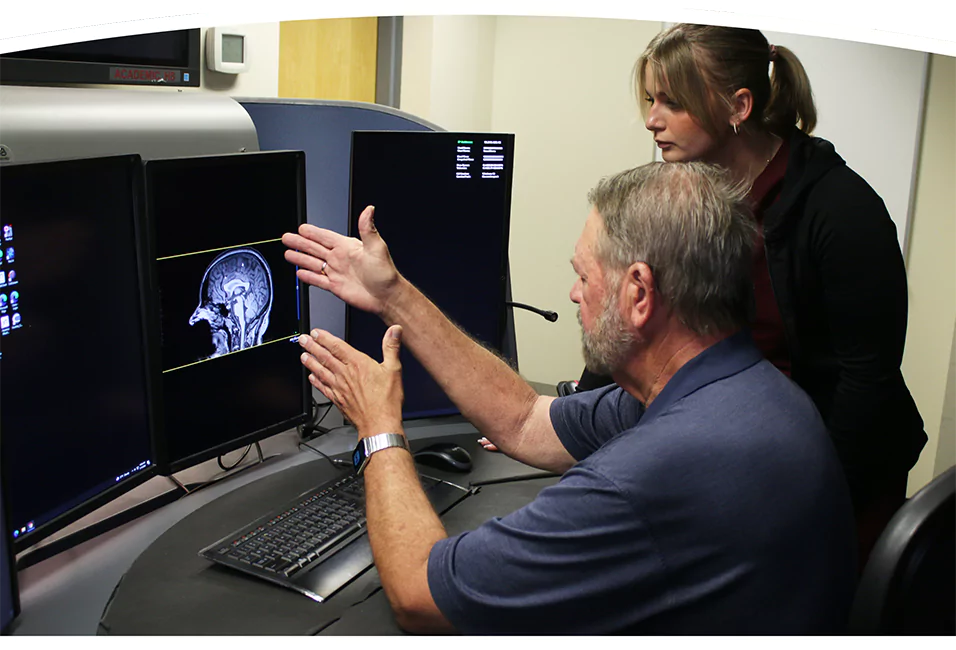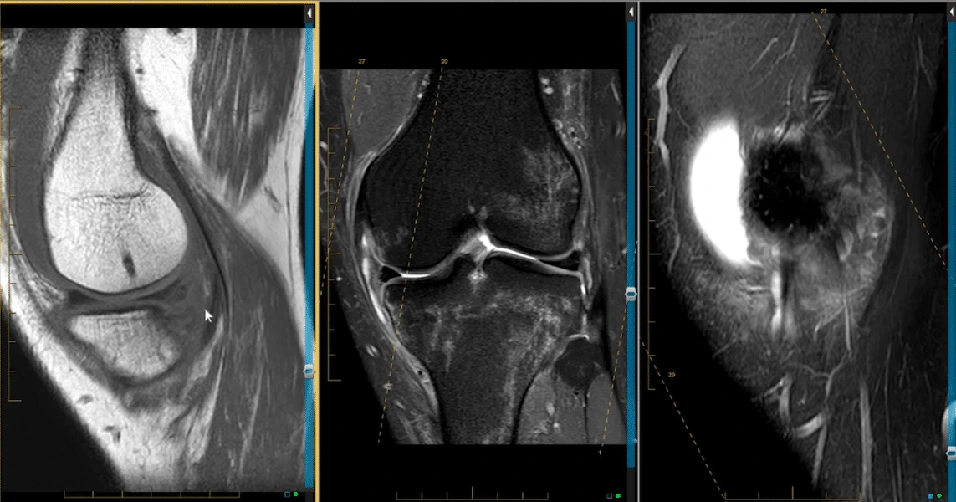If ever there was a case to be made for the importance of quality and patient care in radiology it is this one statistic: the real-time error rate in daily radiology practice is 3 to 5 percent, representing 40 million diagnostic errors annually worldwide.1 To make matters worse, the retrospective error rate in radiologic examinations is approximately 30 percent.2 In an environment where physicians are increasingly reliant on imaging for patient diagnosis and care plans, quality and patient care hang in the balance.
The good news is that diagnostic errors are preventable events, root causes can be readily identified, and real time solutions can be hardwired into department protocols and staff training.
However, administration must have the will, departments must have the budget, and staff must be engaged. Quality must be priority number one for every radiology department – and every radiologist.
Factors contributing to medical errors and misreads in radiology
As physicians and payers require more imaging to support diagnoses, radiologists are experiencing a steep workload with reduced support staff, rising quality expectations, and in some organizations, antiquated technology. This is increasing stress levels and burnout rates in radiologists, exacerbating an already risky environment with errors that occur all too frequently.
Medical errors and misreads can take different forms in radiology, including:
- Misdiagnosis
- Missed diagnosis
- Incorrect interpretation
Several factors contribute to the occurrence of medical errors and misreads in radiology. Burnout, for example, can result in fatigue and decreased focus, leading to misreads or errors. Radiologists who specialize in a particular subspecialty or modality may not have enough exposure to other specialties, leading to potential errors when interpreting unfamiliar images. Additionally, staff members may be under pressure to read a high volume of imaging studies quickly, leading to errors or misreads.
Another contributing factor to misreads in radiology is the increasing demand for imaging studies. “The demand for imaging is outpacing what we’re doing on the training side,” said Dr. Vahid Yaghmai, professor and chair of radiological sciences at the University of California, Irvine. “The number of radiologists in the workforce is not growing as fast as the population and the demand for imaging.”3
There are not enough radiologists available to read these studies, and even if there are, they may not have the appropriate training in other subspecialties or modalities to handle the volume of imaging adequately. This situation can result in more misreads or errors due to the radiologist’s lack of experience.
Strategies to reduce the risk of medical errors and misreads in radiology
Given the myriad issues resulting in misreads and errors, how can patient care be improved? The answer is a methodical approach that assesses and addresses each issue proactively, combined with an action plan for immediate assessment of issues in real time.
Here’s how to address the issues raised above:
- Implementing quality control processes: Radiology departments should have established procedures for monitoring the quality of imaging studies and the interpretation of those studies. Quality control processes can help identify potential errors and misreads and prevent them from reaching patients.
- Continuing education and training: Radiologists should receive ongoing training to improve their knowledge of different subspecialties and modalities, allowing them to better handle the increasing demand for imaging. Continuing education can also help reduce burnout and fatigue and promote more accurate readings.
- Inappropriate orders: The radiologist needs to be involved in choosing examination protocols for the patient. While this may cause some upheaval in existing care pathways, it is essential that at some point along the way between referring provider and imaging, the radiologist weighs in on the appropriateness of the imaging order.
Take care of your most important resource – your people
The bottom line is that everyone in an institution bears the responsibility of protecting and improving patient care. When it comes to the radiology department, their specific efforts must be supported by quality and risk, finance and administration. Just as “no man is an island”, no department functions completely alone.
Radiology must have robust support in order to deliver highly accurate interpretations and improved reporting quality. That means:
- Radiologists must be supported and engaged: Create an environment of safety for clinicians to report concerns and mistakes, free of fear of retribution. Systems for anonymous reporting to Quality and Risk must be in place.
- Empower radiologists: Radiologists must be empowered to engage in the development of protocols and policies, participate in quality and risk improvements, and share their expertise. An open culture of communication, and active learning can foster collaboration and drive improvements in patient care.
- Protect the mental health of radiologists: This is an area that is often overlooked. Radiologists are trained perfectionists and mistakes can impact their mental health. No singular radiologist can be familiar with everything they may see on an image, so it is imperative that they work in an open, collaborative environment – one that facilitates learning, dissemination of learned knowledge, and ongoing training. Ensure access to training and remove barriers of self-pay or days off to attend.
Empowering Radiologists to Improve Accuracy and Enhance Care Quality
It could be said that every patient diagnosis begins with imaging and the interpretation of those images are the first milestone in the patient care pathway. Therefore, this essential function must be supported with training, trust, and empowered radiologists that feel free to share concerns and seek advanced training. When these tools are placed in the hands of the experts in the department, errors can be addressed, quality will improve, and patient care will be enhanced.
[1] Radiographics https://pubs.rsna.org/doi/10.1148/rg.2018180021
[2] American Journal of Roentgenology https://www.ajronline.org/doi/full/10.2214/AJR.12.10375#:~:text=Every%20radiologist%20worries%20about%20missing%20a%20diagnosis%20or,claims%20against%20radiologists%20are%20related%20to%20diagnostic%20errors
[3] Radiological Society of North America https://www.rsna.org/news/2022/may/Global-Radiologist-Shortage




